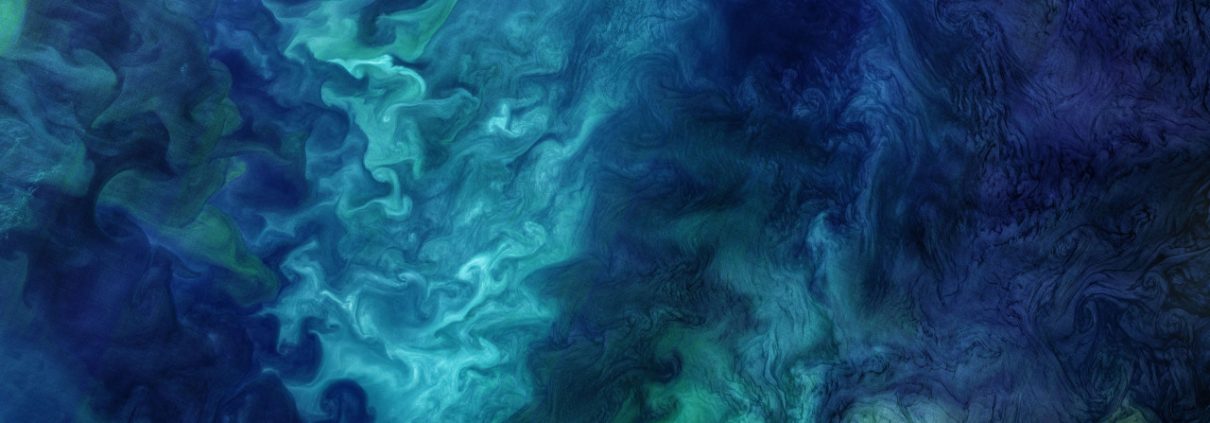Modeling Future Ocean Acidification for Coastal Industries
Mechanical Engineering PhD Candidate Bianca Champenois looks at geophysical systems of land, air, and water to help track ocean acidification.
MIT SPECTRUM – Bianca Champenois SM ’22 looks at a digital map of Massachusetts Bay speckled with dozens of maroon, blue, gray, purple, and orange dots. The dots represent continually shifting temperatures at the surface and at various depths, as measured by satellites and sensors mounted on buoys, clipped to lobster pots, and dangled from boats. In an innovative new project, Champenois, a PhD candidate in mechanical engineering, uses these data points to model conditions affecting acidity, a growing problem for the bay, according to the 2021 Report on the Ocean Acidification Crisis in Massachusetts.
Recreational and commercial saltwater fishing, shell fishing, and whale watching along the 60 miles of coastal waters are vital to the Massachusetts economy. Last year’s report from the state’s Special Legislative Commission on Ocean Acidification notes that these multimillion-dollar industries are adversely affected by changing ocean chemistry tied to human activities.
 Working with the MIT Sea Grant College Program, which applies MIT research and engineering to ocean-related challenges, Champenois is developing a real-time monitoring system to track ocean acidification from the bay’s northernmost edge at Cape Ann down through Boston Harbor and ending at the vast flexed elbow of the outer Cape Cod. >>Continue article via MIT Spectrum
Working with the MIT Sea Grant College Program, which applies MIT research and engineering to ocean-related challenges, Champenois is developing a real-time monitoring system to track ocean acidification from the bay’s northernmost edge at Cape Ann down through Boston Harbor and ending at the vast flexed elbow of the outer Cape Cod. >>Continue article via MIT Spectrum




